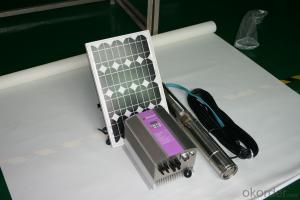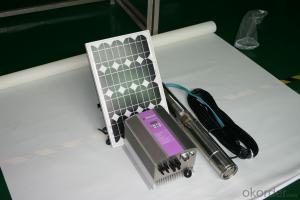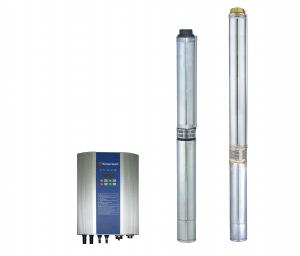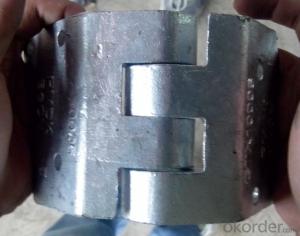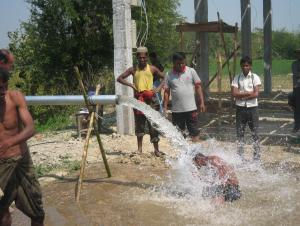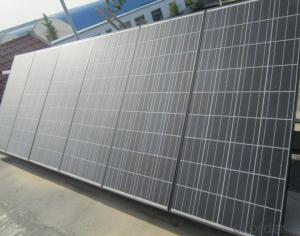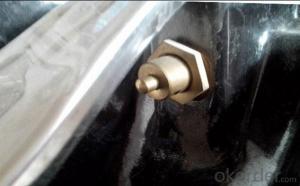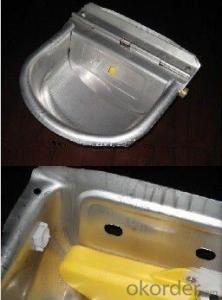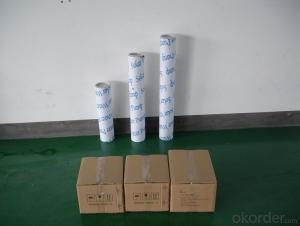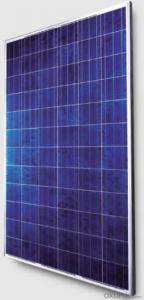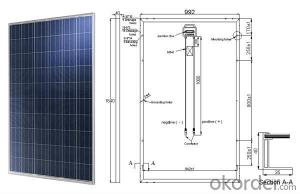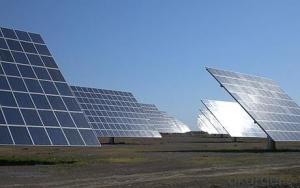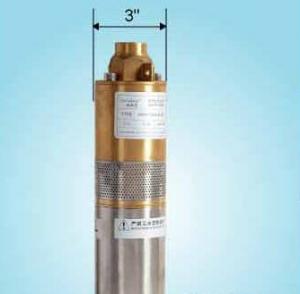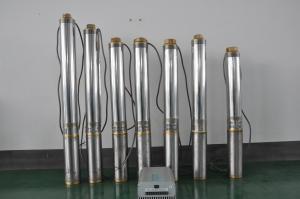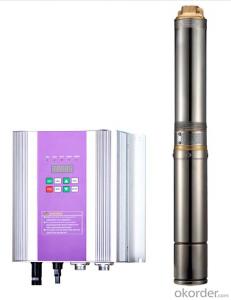Solar Cattle Watering Systems
Solar Cattle Watering Systems Related Searches
Best Inverter Solar Panel Solar Panel On Roof Rack Inverter To Solar Panel Ratio Solar Panel Decking Lights Solar Panel Inverter Box 1000 Watt Solar Panel Inverter 12 Volt Solar Panel Inverter Plastic Solar Lanterns Buy Solar Panel Inverter Solar Panel Inverter CostHot Searches
Solar Items Wholesale Solar Inverter Systems Best Place To Buy Flashlights Cost To Install Frp Panels I Want To Buy A House Cost To Hire Scaffolding Cheapest Place To Buy Plywood Medical Supply Store Close To Me Cost To Aerate Lawn Cheapest Place To Buy Kerosene Cost To Install Hardwood Floors Cost To Refinish Hardwood Floors Solar Hot Water Collectors For Sale 8 Inch Water Pump For Sale Solar Inverter For Split Ac Solar Inverter With Ac Outlet 1 Hp Solar Water Pump Price Jain Solar Water Pump Price Kirloskar Solar Water Pump Price Aluminum Ac Coil Scrap PriceSolar Cattle Watering Systems Supplier & Manufacturer from China
Okorder.com is a professional Solar Cattle Watering Systems supplier & manufacturer, offers integrated one-stop services including real-time quoting and online cargo tracking. We are funded by CNBM Group, a Fortune 500 enterprise and the largest Solar Cattle Watering Systems firm in China.Hot Products
FAQ
- Yes, a solar pump can be used for water supply in mining or construction sites. Solar pumps are ideal for these applications as they can provide a reliable and sustainable water source without the need for electricity or fuel. They can operate remotely in areas with limited access to power grids and are capable of pumping water from deep wells or rivers to meet the water demands of mining or construction activities. Additionally, solar pumps are cost-effective and have low maintenance requirements, making them a practical choice for these sites.
- A solar pump handles variable sunlight conditions throughout the day by adjusting its operation based on the available sunlight. It uses a solar panel to convert sunlight into electricity, which powers the pump. When sunlight is abundant, the pump operates at its maximum capacity, delivering the desired water flow. However, as sunlight decreases, the pump adjusts its speed or output accordingly to maintain a consistent water flow. This ensures that the pump continues to function efficiently, even during periods of low sunlight.
- The maximum depth a solar pump can typically lift water from depends on the specific model and its power output. However, in general, solar pumps can lift water from depths ranging from 20 to 200 meters, with some specialized models capable of reaching even greater depths.
- Yes, a solar pump can be used in areas with limited access to skilled labor for repairs. Solar pumps are typically designed to be low maintenance and durable, requiring minimal repairs. They are built with reliable technology and often have long lifespans, reducing the need for frequent repairs. Additionally, solar pumps have fewer moving parts compared to traditional pumps, making them simpler to operate and maintain. This makes them suitable for remote areas where skilled labor may be scarce, allowing communities to have access to a sustainable and reliable water source without relying heavily on repair services.
- A solar pump helps in reducing the risk of power outages by utilizing solar energy to operate, eliminating the dependence on the traditional power grid. This means that even during power outages or disruptions, the solar pump can continue to function, ensuring a continuous water supply.
- Yes, solar pumps can be used for fish ponds or aquaculture. Solar-powered water pumps are an efficient and environmentally friendly option for pumping water in these applications. They can help maintain the desired water level, flow, and oxygenation required for fish ponds or aquaculture systems, without the need for electricity or fuel. Additionally, solar pumps can be cost-effective in the long run as they rely on renewable energy sources.
- Solar pumps have demonstrated their highly reliable nature across a range of applications. The dependability of these pumps hinges on several factors, including equipment quality, proper installation, and regular maintenance. Manufactured by reputable companies, high-quality solar pumps are designed to endure challenging weather conditions. They are crafted from materials resistant to corrosion and engineered to withstand the test of time. Moreover, these pumps incorporate cutting-edge technologies like MPPT controllers, which optimize system efficiency and performance. For the reliability of solar pumps, correct installation is paramount. It is crucial to ensure the pump is of the appropriate size and positioned optimally to receive ample sunlight exposure. Additionally, proper wiring and connections are vital to prevent electrical complications that could hinder the pump's performance. Regular maintenance is equally important in guaranteeing long-term reliability. This entails cleaning the solar panels to maximize efficiency, monitoring the pump's performance, and inspecting the system for potential issues. By conducting routine maintenance, any problems can be swiftly identified and resolved, minimizing downtime and maximizing pump reliability. In conclusion, solar pumps are a dependable and sustainable solution for a variety of water pumping needs. When installed and maintained correctly, they can provide a consistent and efficient water supply, even in remote areas with limited access to grid electricity.







